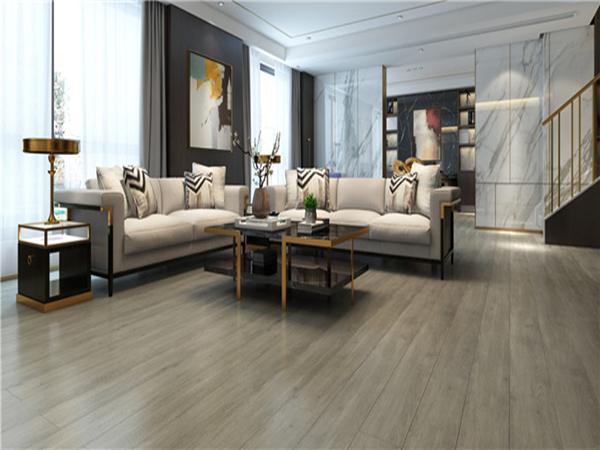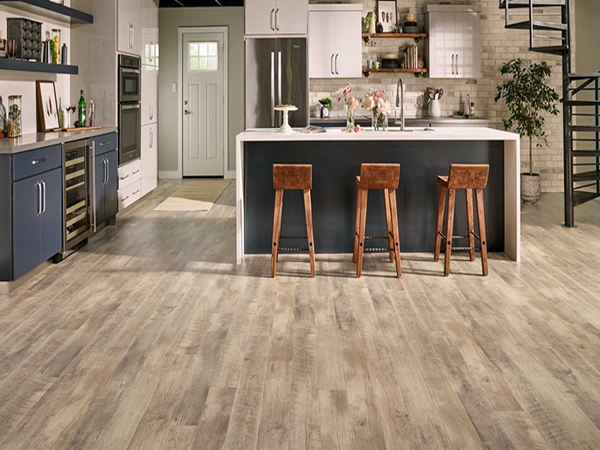

- 0086 13321818576 (Steven Lee)
- info@3c-floor.com
According to the soft and hard points, PVC flooring can be divided into two categories:
1) Semi-rigid (soft) PVC floor, the thickness is generally 1~4 mm.
Includes floor leather, self-adhesive PVC flooring, etc. All soft PVC floors can be used, for example.

The main risks come from:
a Adhesive composition is unknown, there will be formaldehyde and other pollution
b softening effect plasticizer may be risky, presence of ortho-benzene
2) Hard (hard) SPC flooring planks and WPC flooring planks, generally 4 mm to 9 mm thick.
This thickness can be used without the adhesive, and there is no need to apply extra glue. It can be done directly with the lock. The lock link is really safe.
SPC is usually referred to as "stone plastic", which is simply understood to be a mixture of stone powder and resin.
WPC usually refers to "wooden plastic", which corresponds to the above, which is a mixture of wood powder and resin.

It stands to reason, called WPC or wood plastic, then you should have wood powder.
But the reason why they have to get a "wooden" and "wooden powder" is to cater to everyone's love for wood materials. In fact, the substrate layer is actually "natural stone powder".
International data shows:
Due to the degradation problem, wood-plastic WPC is actually less recyclable than SPC flooring tiles with stone powder.
If you want to export to Europe and the United States, it is very fatal to recycle. Therefore, many companies just keep the name, but in fact, there is no "a little wood powder."
